Rome is known for its many sights, including ancient Roman and religious ones.
This is one of the lesser known, but still incredibly interesting sights in the city. To date, about 40 catacombs have been discovered near Rome, of which the Callixtus catacomb is one of the largest and most famous. If you are interested in seeing the catacombs, you can take a tour of the small part of the underground burial system that is open to the public.
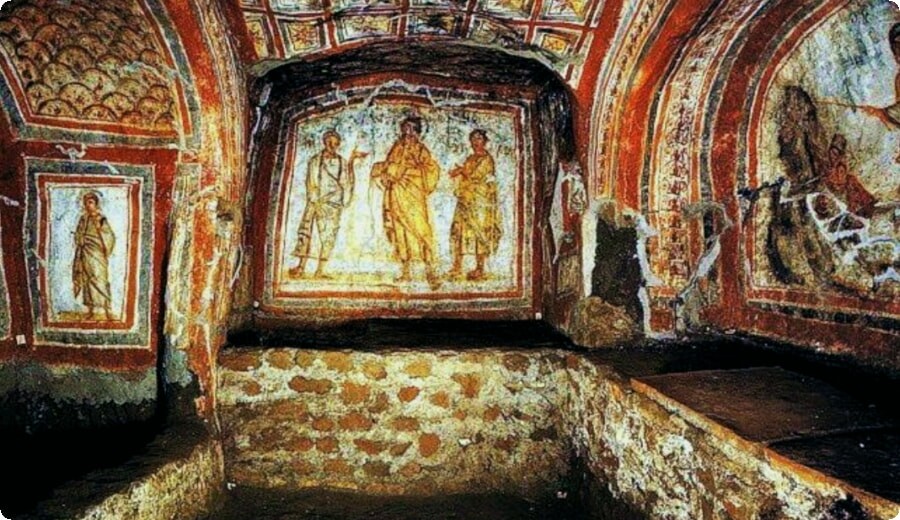
Via Appia Antica
The Appian Way, or Via Appia Antica, is one of the first roads that was built in the Roman Empire. It is believed that the road was built between 312 and 264 BC. A number of significant developments have taken place on the roadway since its construction. You can see many sights if you follow this route on foot.
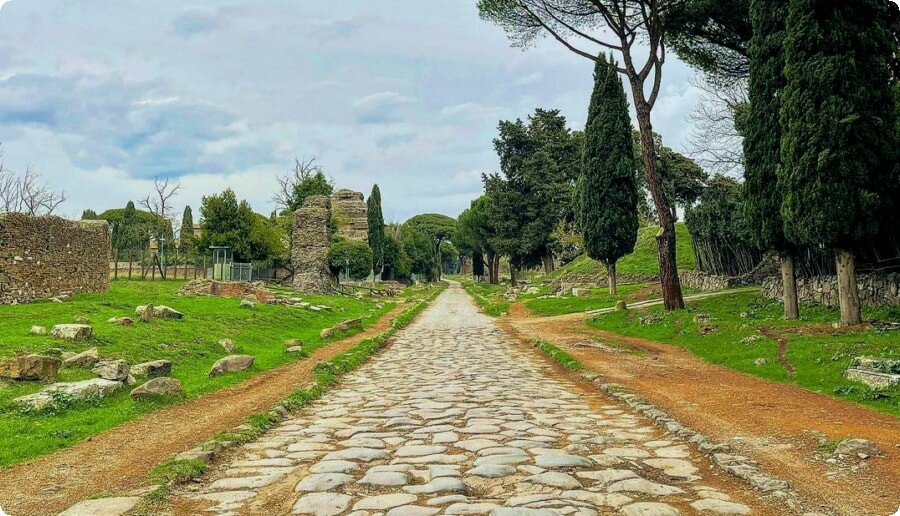
Trevi Fountain
The Trevi Fountain, built in the 1730s, is the most famous fountain in Rome. The water fountain is adorned with baroque sculptures and is connected to the Vergine aqueduct, which dates back to 19 BC. Even if you're in Rome for just one day, a trip to the Trevi Fountain should be on your bucket list.
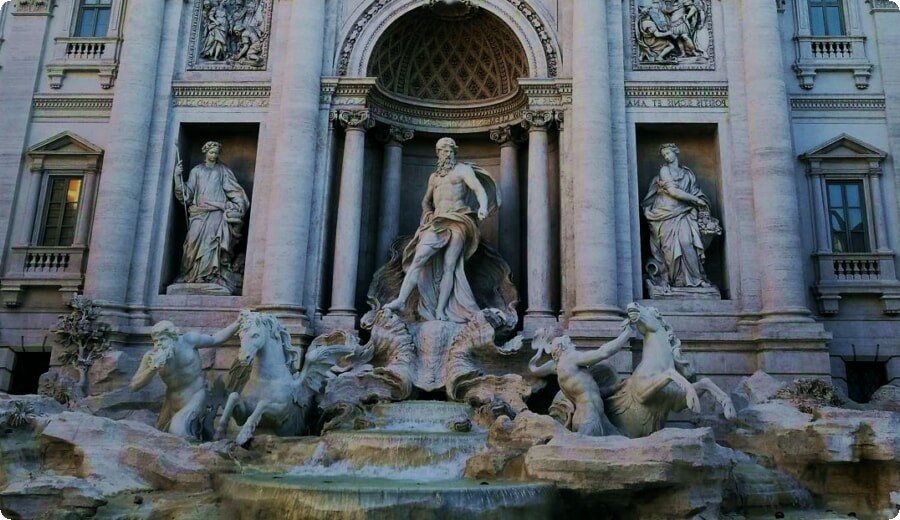
The Sistine Chapel
This famous chapel opened in 1483 and is located in the Vatican. The structure is best known for its interior frescoes, which were painted by Michelangelo. These works of art include The Creation of Adam, depicted on the chapel's stunning ceiling, and The Last Judgment.
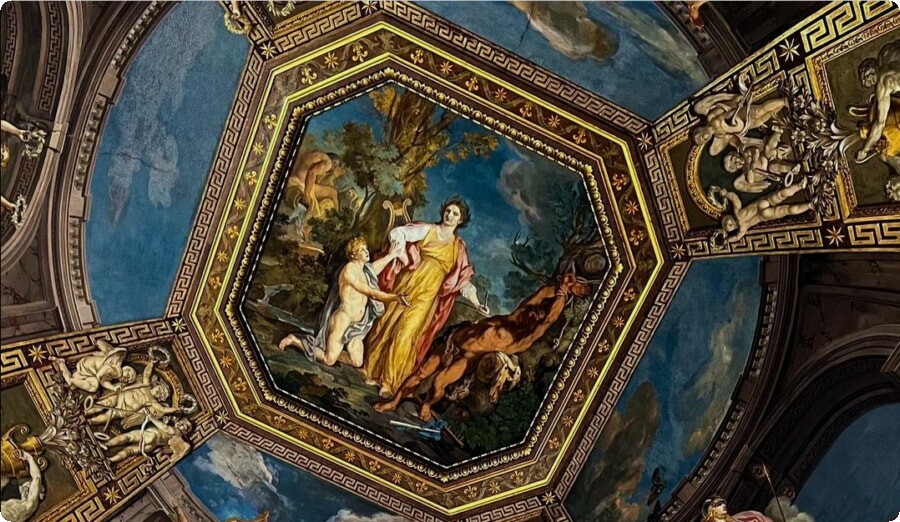
One of the many fascinating historical sites in Rome is the Circus Maximus. An attraction is the site of the ancient Roman stadium for chariot races, which was opened in the 6th century. During the visit, you can learn more about the old entertainment venue and see what is left of the stadium.
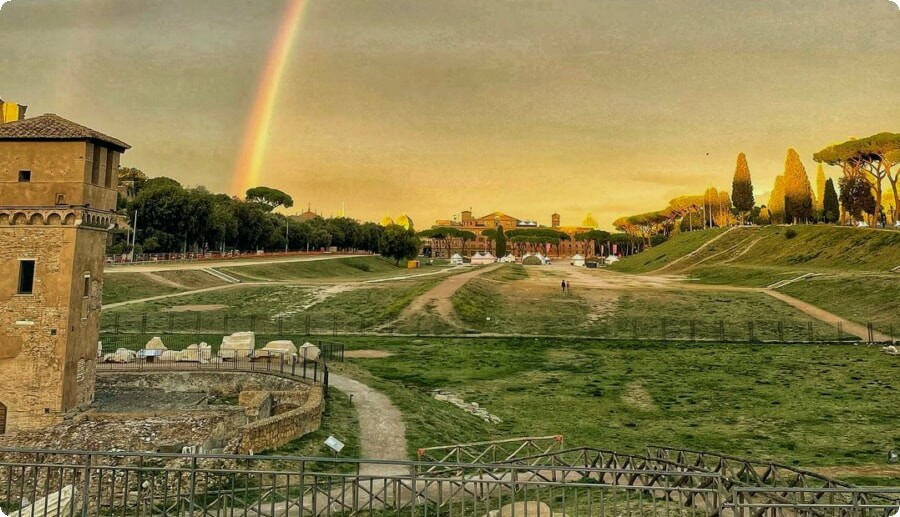
The Colosseum is a world-famous attraction not to be missed while in the city. This place is the largest amphitheater ever built. During its use as an entertainment venue during ancient Roman times, the Colosseum hosted events such as gladiator fights, chariot races, and exotic animal shows. When you visit the Colosseum, it is recommended to take a small group tour where you can learn more about the history of this structure.
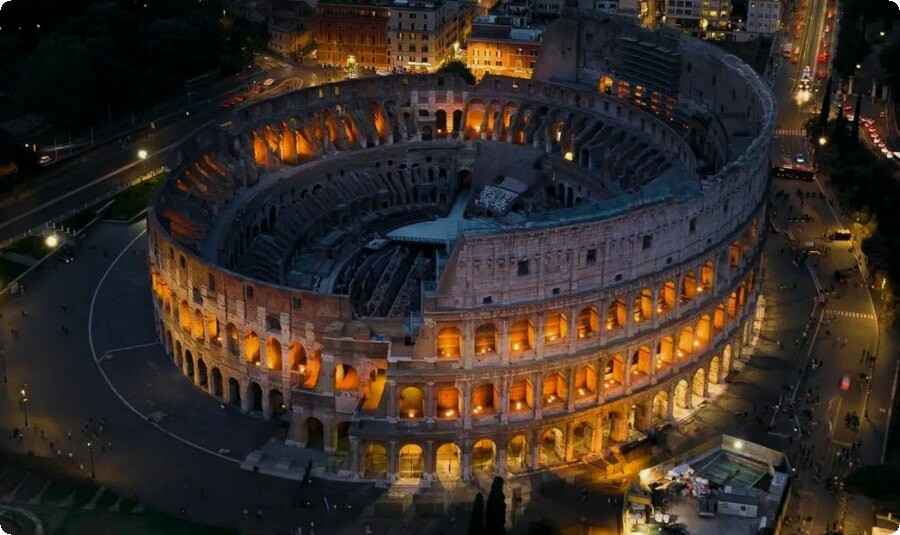
Palazzo Doria Pamphili
Art lovers in Rome should definitely visit the Doria Pamphilj Gallery, which is located in the Palazzo Doria Pamphilj. The gallery, founded in 1651, features hundreds of years old paintings, sculptures and pieces of furniture. The gallery also features a stunning painted ceiling and lots of decorative gold accents.
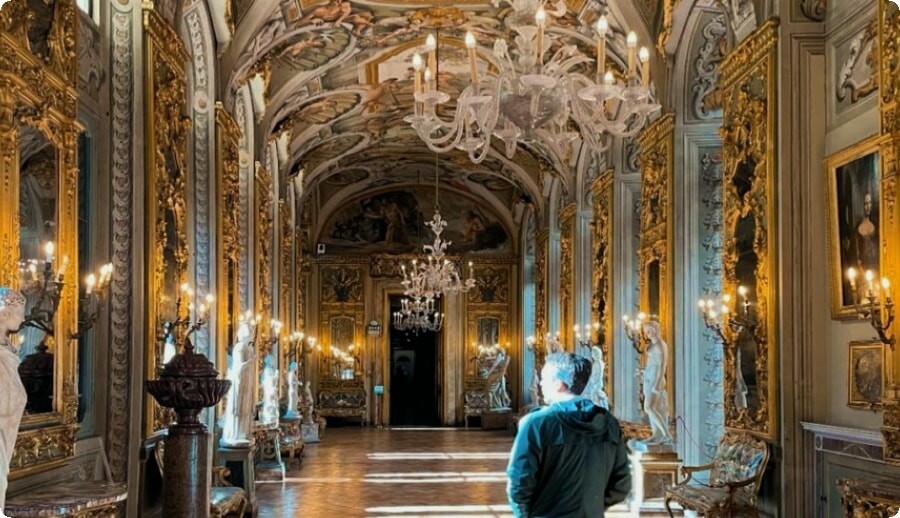
Piazza Venice
Another famous landmark of Rome is Piazza Venezia. This area connects several highways and is one of the largest squares in Rome. The square also houses the famous monument to King Victor Emanuele II. It is also close to many other tourist attractions.
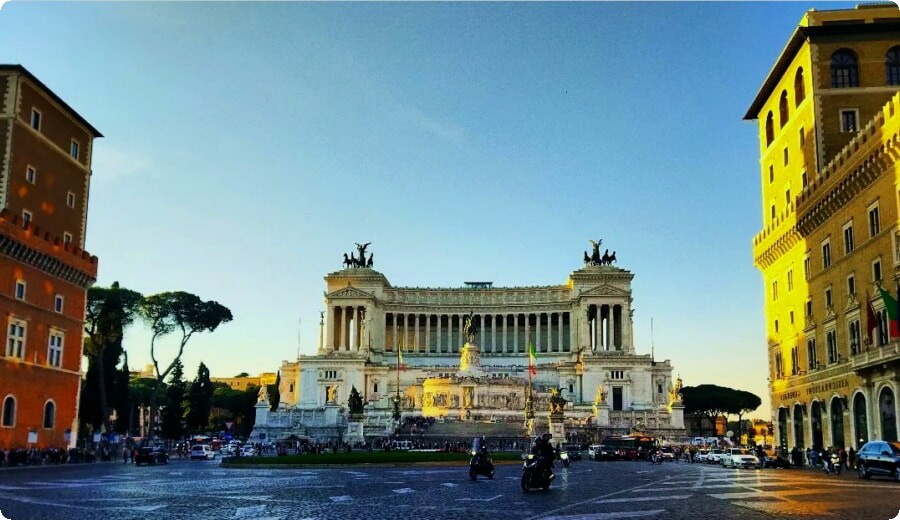
St. Peter's Basilica
Another iconic place to visit that you should add to your Rome itinerary is St. Peter's Basilica. The basilica is located in the Vatican. It opened in 1626 after about 120 years of construction. It is believed that the building stands on the grave of the Apostle Peter. In the basilica, you can climb the stairs to the top for a view of Rome. You can also visit the tombs of the saints and see the works of Michelangelo.
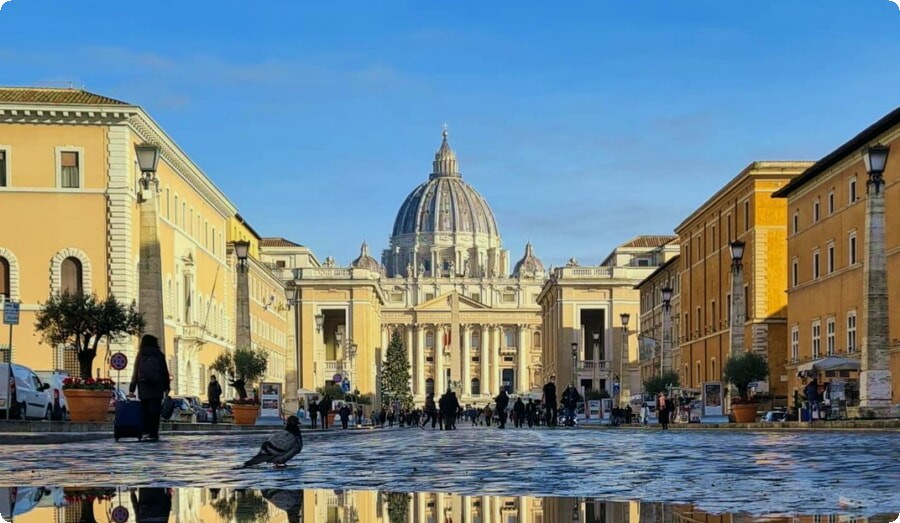
One of the most fascinating famous monuments in Rome is the Castel Sant'Angelo. The royal building was built by order of the Roman emperor Hadrian. It was to become a mausoleum for himself and his family. Today the castle acts as a museum with exhibits dedicated to the history of the castle, Emperor Hadrian and Ancient Rome in general.
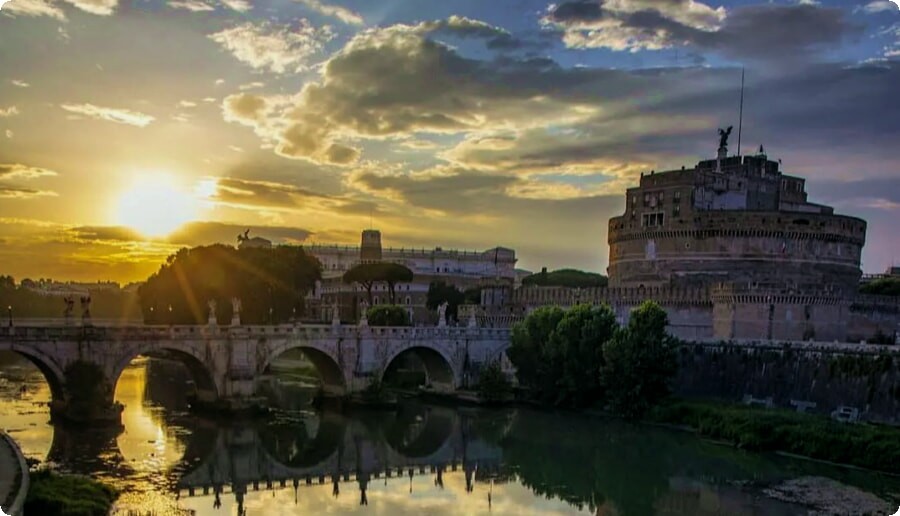
This is a public park in Rome. In addition to the beautifully manicured gardens, the Villa Borghese, which houses a gallery, is an attraction here. As you explore the park, you will find many paths that will take you through beautiful gardens and past picturesque lakes and ponds. You can then visit the gallery, which features classic art and antiques such as ancient mosaics.
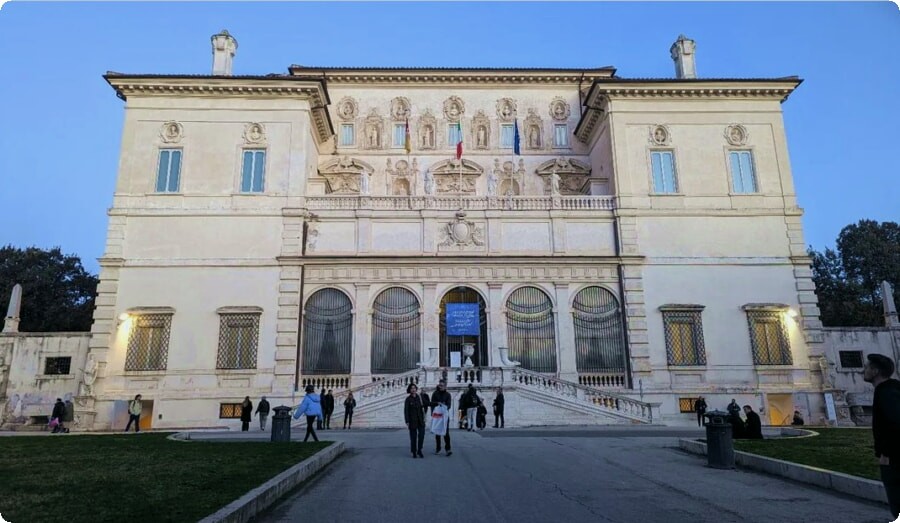
Piazza Navona
This is one of the many famous Italian landmarks in Rome. This public square is located on the site of the ancient stadium of Domitian. During your visit, you can admire the buildings that surround the square.
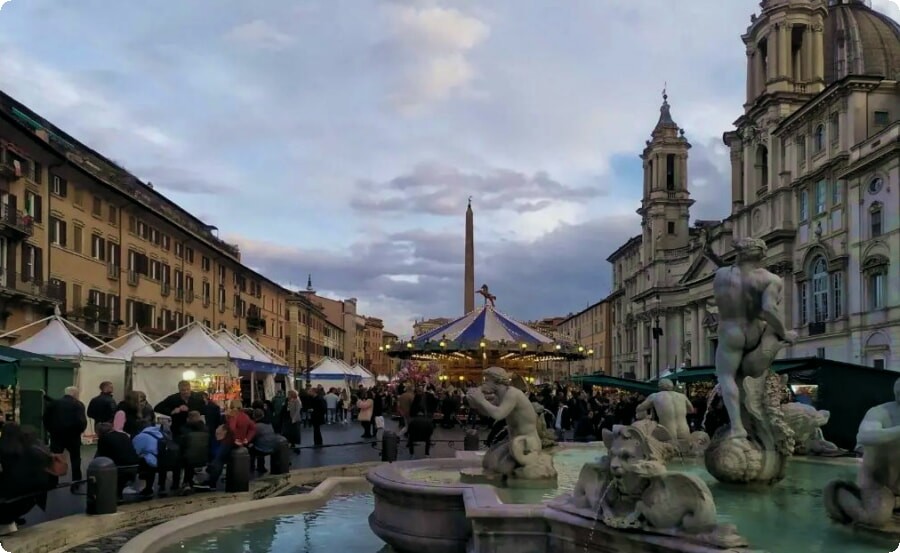
Palazzo Massimo alle Colonne
Built in the 1500s, Palazzo Massimo alle Colonne is one of the lesser known but very interesting places in Rome. The Renaissance palace was originally built for the Massimo family and today is open to the public one day a year, March 16th. This is the date that the son of the Massimo family was supposedly brought back to life by Saint Philip Neri in 1583. Rest time of the year you can admire the exterior of this important building, which is located on Corso Vittorio Emanuele II.

The Baths of Diocletian were public baths that opened in 306. It is believed that these were the largest imperial baths in ancient Rome. Today, the baths are located on the grounds of the National Roman Museum (also known as Terme di Dioclesiano) of the same name. When visiting this place, you can see the remains of the baths, as well as other ancient Roman artifacts. It also has some beautiful gardens to wander around.
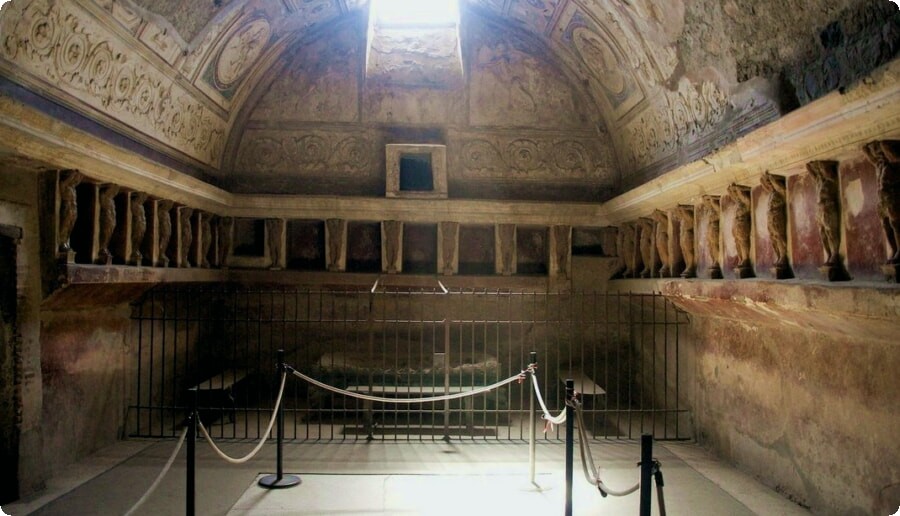
Pantheon
This building was built in 125. The Pantheon is one of the most remarkable historical sites in Rome. Initially, this building was built as a Roman temple, and in 609 it became a Catholic church. Those who visit the Pantheon will appreciate the interior and exterior architecture of this ancient building. You can also take guided and self-guided tours that allow you to learn more about the history and uses of the Pantheon.
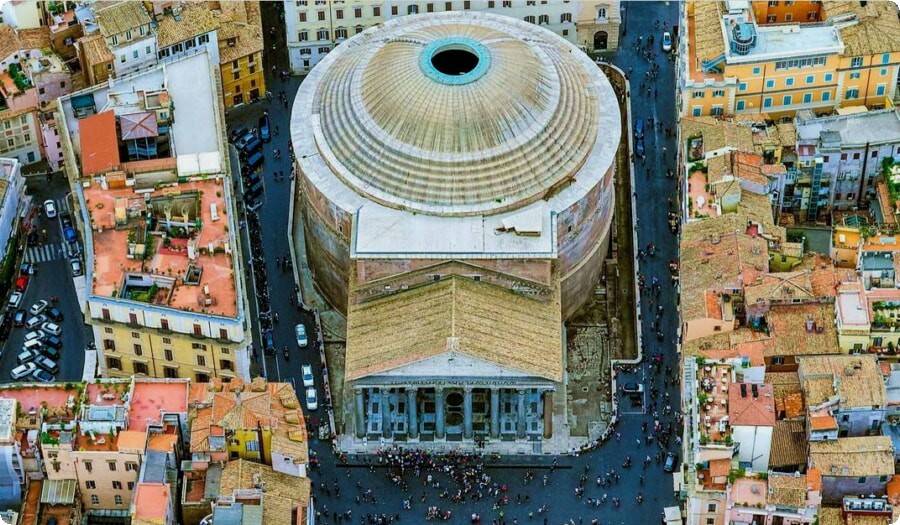
Palatine Hill
Palatine Hill is one of the oldest parts of the city and dates back to the early days of the Roman Empire. Being the center of Ancient Rome, you will find many ancient ruins here, including churches and entertainment venues. You can also visit the Palatine Museum.
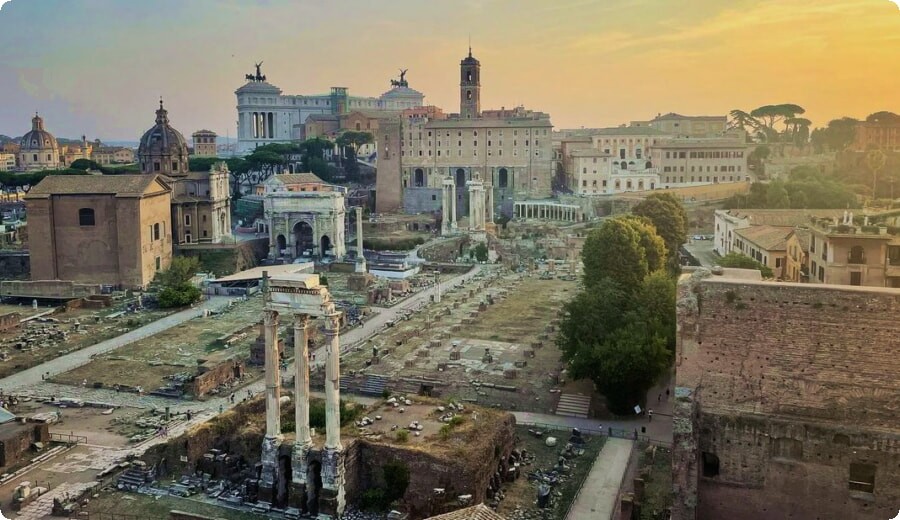
Pyramid of Cestius
Pyramids are usually associated with Ancient Egypt, not Ancient Rome.
However, you will be surprised to know that you can find an ancient pyramid in the city, in the Testaccio area of Rome. The over 2,000 year old pyramid was built in 12 BC as the tomb of Gaius Cestius, who was part of the Epulones religious corporation.